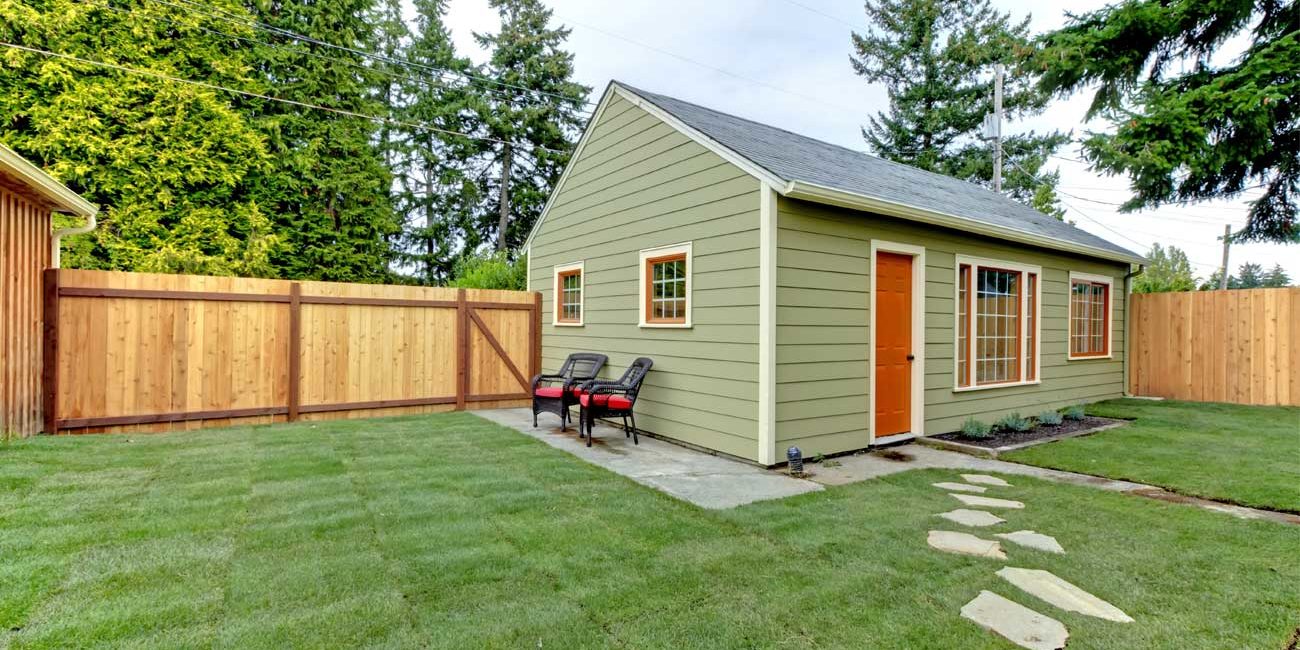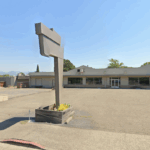2025 Update - Accessory Dwellings
City of Ukiah Community Development Department
Summary
The City of Ukiah is updating its Accessory Dwelling Unit (ADU) and Junior Accessory Dwelling Unit (JADU) regulations a year after adopting an ordinance that created standalone sections of Ukiah City Code regulating these forms of dwellings.
This update is required to address formal compliance findings issued by the California Department of Housing and Community Development (HCD) in April 2025. Although Ordinance No. 1244 made significant strides in aligning local regulations with State law, HCD determined it did not comply with subsequently adopted State law, and that a number of minor corrections or adjustments were required.
The City’s proposed updates correct those issues to maintain the City’s Housing Element certification, ensure full legal compliance, and reflect the latest changes in State law, including Senate Bill 1211. In addition to responding to HCD’s feedback, the ordinance revisions improve clarity, refine development standards, and further streamline permit processes for ADUs and JADUs.
Background
Over the past decade, State housing legislation, particularly related to Accessory Dwelling Units (ADUs), has steadily reduced local discretion.
To remain compliant with changes in State law, the City of Ukiah amended its local regulations in 2017 to implement Assembly Bill (AB) 2299, Senate Bill (SB) 1069, and AB 2406. Further amendments followed in 2020 to address AB 68, AB 881, SB 13, AB 670, and AB 587. In 2024, the City adopted Ordinance No. 1244, which relocated ADU and Junior ADU (JADU) regulations into standalone sections of the Ukiah City Code for greater clarity and usability, separate from the Low-Density Residential Zoning District regulations.
Before 2017, ADUs were referred to as Second Units and typically required discretionary review and approval. Ironically, many Ukiah neighborhoods historically included accessory units as part of their original development patterns, in both attached and detached formats.
State ADU laws are complex and frequently amended. Each legislative change can preempt portions of local ordinances, which must then be updated to restore compliance. In the interim, the City is required to process ADU and JADU applications through a ministerial (staff-level) process, as required by California Government Code.
Despite these challenges, the City has taken active steps to encourage ADU development. This includes providing pre-approved plan sets to streamline permitting and reduce design costs. Since 2019, the City has issued building permits for thirty-two (32) ADUs. Table 1 provides a breakdown of ADUs approved by type:
Table 1: City of Ukiah ADU Construction (2019–2024)
- New Construction – Detached: 8
- Garage Conversion (Attached): 10
- Conversion – Detached Accessory Structure: 9
- New Construction – Attached: 5
Junior ADUs (JADUs): 0
Although ADU regulations were updated in 2024, further amendments are now proposed to directly implement State housing law, and to maintain the City’s Housing Element certification with the California Department of Housing and Community Development (HCD).
The proposed ordinance updates are required to meet State standards while incorporating local development controls that help minimize land use and infrastructure impacts on existing neighborhoods.
In 2024, the State adopted several new laws to accelerate ADU and JADU production, including Senate Bill (SB) 1211. This legislation increases the number of detached ADUs allowed on multifamily properties and eliminates certain local parking replacement requirements. Many of the most substantial changes related to the allowances for ADUs on multi-family parcels.
On April 24, 2025, HCD issued formal findings related to Ordinance No. 1244, which had been adopted by the City on September 4, 2024, and submitted for State review on September 5, 2024.
HCD determined that the City’s ordinance did not fully comply with State ADU law under Government Code section 66326(a). The City submitted a written response on May 23, 2025.
On June 3, 2025, HCD confirmed that the response brought the ordinance into substantial compliance. Final adoption and submittal of the amended ordinance are necessary to complete this compliance process.
Discussion
The proposed ordinance updates are primarily intended to bring the City’s Accessory Dwelling Unit (ADU) and Junior Accessory Dwelling Unit (JADU) regulations into compliance with current State law and the findings issued by the California Department of Housing and Community Development (HCD) in April 2025. These findings responded to the City’s previously adopted Ordinance No. 1244 from September 2024. The proposed ordinance is intended to align with Government Code requirements and help preserve the City’s 6th Cycle Housing Element certification.
Several of the proposed revisions are minor or clarifying in nature. For example, HCD requires clearer language regarding application approval process and timelines. The proposed update replaces the language “acted upon” with “approve or deny” to meet the requirements of Government Code Section 65852.2. The ordinance also proposes clarifying that uncovered parking spaces, in addition to garages and carports, would not need to be replaced if converted to or demolished for an ADU. This resolves a technical issue identified by HCD, but in practice was already addressed by City Staff. Another proposed revision explicitly states that fire sprinklers are not required for ADUs if they are not required in the primary residence, and that construction of an ADU would not trigger new sprinkler requirements in the main dwelling. While this reflects existing State law and the current practices of the City, clarification is necessary for compliance as conveyed by HCD.
More substantive changes under the proposed ordinance include:
- Allowing up to eight detached ADUs on lots with existing multifamily dwellings, consistent with SB 1211.
- Removing unit size caps for ADUs on multifamily properties and exempting certain conversions from size limitations.
- Codifying AB 2533, which allows owners of unpermitted ADUs constructed before January 1, 2020, to obtain permits to permanently “legalize” their ADU, while only meeting the requirements of Health and Safety Code (H&SC) 17920.3. This code section requires buildings to meet sanitary, structural, electrical, plumbing, mechanical, weather protection, approved material, maintenance, exit, and fire health and safety requirements. This incorporates the majority of the requirements in the California Building Standards Code.
Regarding height, the ordinance includes revisions to clarify and refine allowable limits in accordance with HCD guidance. Detached ADUs would continue to be limited to 20 feet in height, but could be approved up to 25 feet through a minor site development permit if they meet conditions related to consistency with the primary structure or local development standards. Attached ADUs are proposed to be permitted up to 25 feet or the maximum height allowed by the applicable zoning district, whichever is greater. This would not constitute a new entitlement, as the height limits for all applicable zoning districts already exceed 25 feet. The ordinance also proposes confirming that ADUs constructed above garages, whether attached or detached, may reach 25 feet or the zoning district’s maximum height. Previous language clarified that ADUs may exceed the height of the primary residence.
For JADUs, the updates include proposed corrections to permit processing timelines, revised deed restriction language, and confirmation that separate utility impact fees would not apply when a JADU is constructed independently of a new single-family dwelling.
Pursuant to correspondence received on June 25, 2025 and guidance from the public and the California Department of Housing and Community Development (HCD), the proposed ordinance amending the Ukiah ADU regulations was revised in late-June to align with the requirements of Government Code Section 66323. This section governs specific categories of Accessory Dwelling Units (ADUs) that are exempt from certain local standards. Local agencies cannot apply development or design standards to 66323 Units unless those standards are specifically listed in Government Code section 66323. This includes both local rules and those from State ADU Law. That means local governments can’t impose requirements like parking, building height, setbacks, lot size, open space, floor area ratio, or similar zoning rules, unless they’re explicitly allowed under section 66323.

















